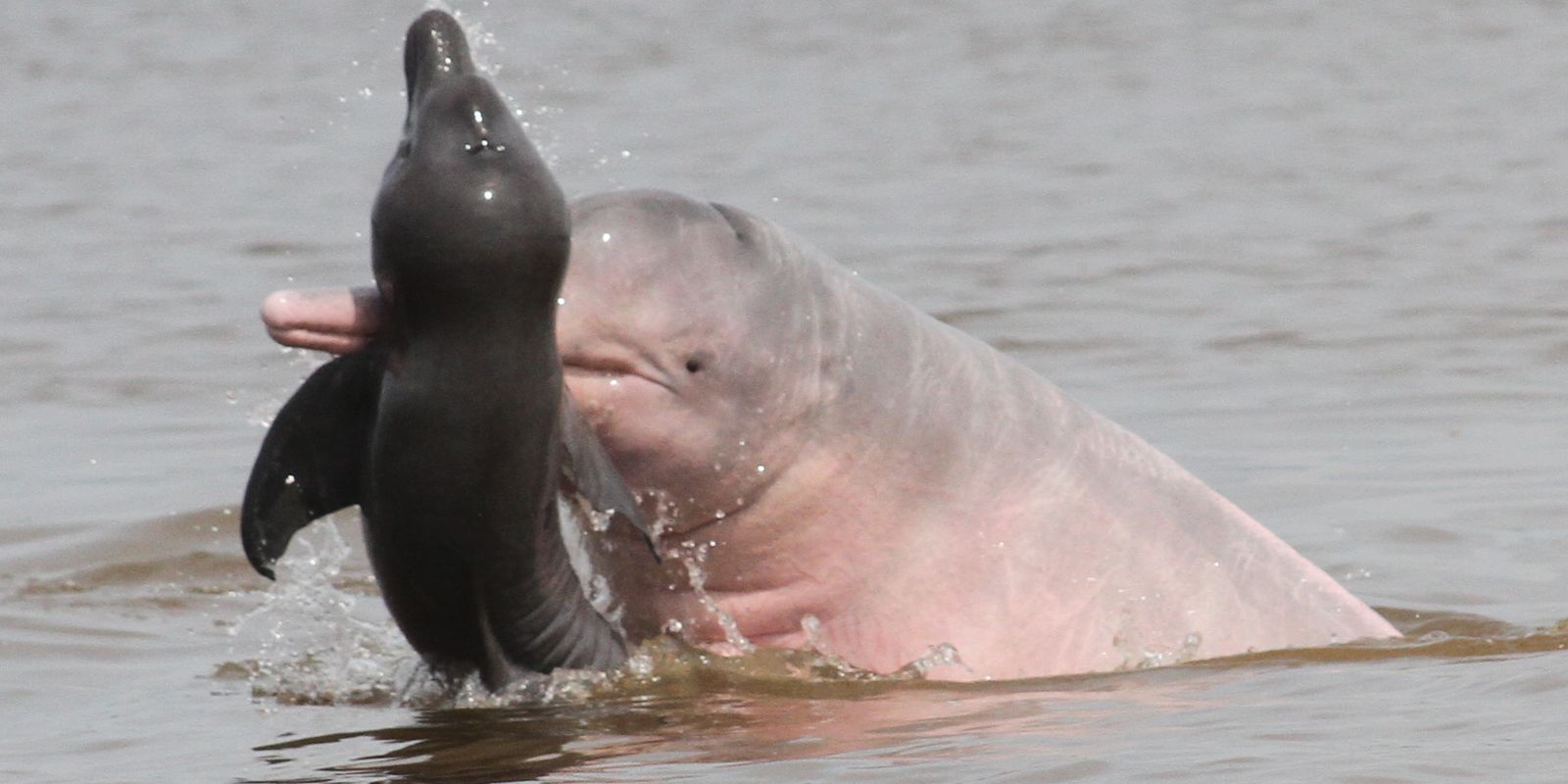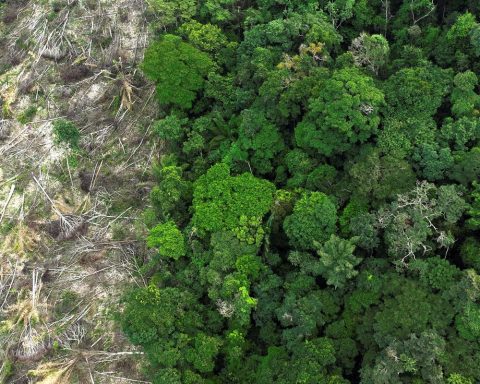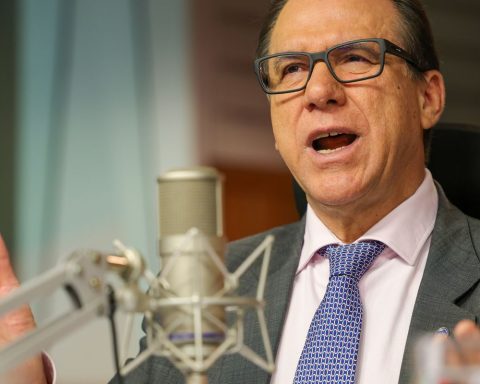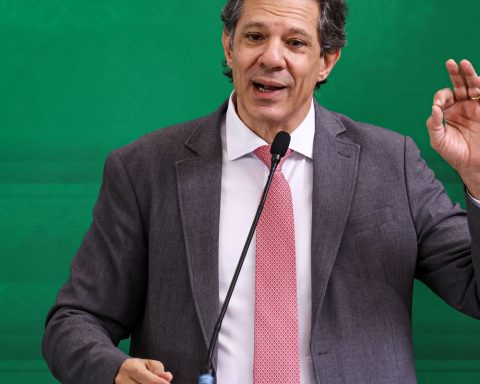Report by the non-governmental organization (NGO) World Wide Fund for Nature (WWF), released this Thursday (10), warns of the “catastrophic decline” of 73%, in the last 50 years, in the average size of wildlife populations . Latin America and the Caribbean alone saw 95% of these populations fall. The nature conservation organization warns that the next five years will determine the future of life on Earth.
From elephants in tropical forests to hawksbill turtles in the Great Barrier Reef, populations are declining in a “catastrophic” way, says the NGO, which since 1961 has worked in the area of nature preservation and reducing human impact on the environment.
The largest declines in wildlife populations were recorded in Latin America and the Caribbean, at 95%. Africa has 76% less and Asia-Pacific has 60% less.
WWF’s Living Planet report makes clear that as the Earth approaches dangerous tipping points in the threat to humanity, greater collective effort will be needed to address climate and natural crises. However, the margin is short to reverse the trend. The analysis states that the future of life on Earth depends on what happens in the next five years.
The Living Planet Index (LPI), provided by the Zoological Society of London, includes almost 35,000 population trends for 5,495 species – birds, mammals, amphibians, reptiles and fish – recorded between 1970 and 2020. The greatest decline occurs in freshwater ecosystems which showed a reduction of 85%, followed by terrestrial ones, which decreased by 69%. Marine life fell by 56%.
The loss and degradation of habitats have been driven primarily by the human food system and are the most reported threat to wildlife, the report indicates. The rampant exploitation of natural resources, invasive species, pollution and diseases are also identified as causes of the decline.
Mike Barrett, lead author and WWF scientific advisor, said that due to human action, “particularly the way we produce and consume our food, we are increasingly losing the habitat natural”.
“Declines in wildlife populations can act as an early warning indicator of increased risk of extinction and the potential loss of healthy ecosystems,” the document explains.
For Kirsten Schuijt, director general of WWF International, “nature is issuing a cry for help. The interconnected crises of nature loss and climate change are pushing wildlife and ecosystems beyond their limits.”
When ecosystems are harmed, they fail to provide the human community with the benefits that everyone depends on – clean air, water and healthy soils for food. And because they are damaged, these ecosystems will become more vulnerable to moments of change.
These changes can be considered tipping points and occur when an ecosystem is pushed beyond a critical limit, resulting in substantial and potentially irreversible changes.
The loss of wild spaces is “putting many ecosystems on the brink”, reiterates WWF UK director Tanya Steele, highlighting that many habitatsfrom the Amazon to coral reefs, are “on the brink of very dangerous tipping points.”
The potential “collapse” of the Amazon forest is underway because it will no longer be able to retain the carbon that warms the planet and mitigate the impacts of climate change.
In one of the examples in the report, a 60% decrease in pink dolphins or dolphins in Amazon rivers is highlighted due to pollution and other threats, such as mining.
In turn, in Australia, hawksbill turtles are in decline, due to the fact that nesting females in northeast Queensland have decreased by 57% in 28 years.
The WWF report is presented when fires in the Amazon reached their highest level in 14 years in September. Additionally, for the fourth time, a global mass coral bleaching event was confirmed earlier this year.
Illegal hunting in Africa
The report highlights strong evidence that illegal hunting to fuel the ivory trade in Gabon and Cameroon is critically endangering the forest elephant population of Minkébé National Park. Dramatic declines have already hit forest elephant families, wiping out half the species.
In Antarctica, “the decline in chinstrap penguin colonies may be linked to the melting of ice caps and the scarcity of krill (small crustaceans), reasons that, in turn, result from climate change and the increase in krill fishing” , says the document.
Warmer conditions, coupled with lower levels of sea ice cover, result in fewer krill, with these crustaceans (similar to shrimp) being the penguins’ main food source. These communities end up spending more time looking for food, “which can increase the risk of reproductive failure.”
Mike Barrett reminds us that we shouldn’t just be sad about the loss of nature. And he warns: “Be aware that this is now a fundamental threat to humanity and we really need to do something and it has to be done now.”
“It is no exaggeration to say that what happens in the next five years will determine the future of life on Earth”, warns WWF.

















